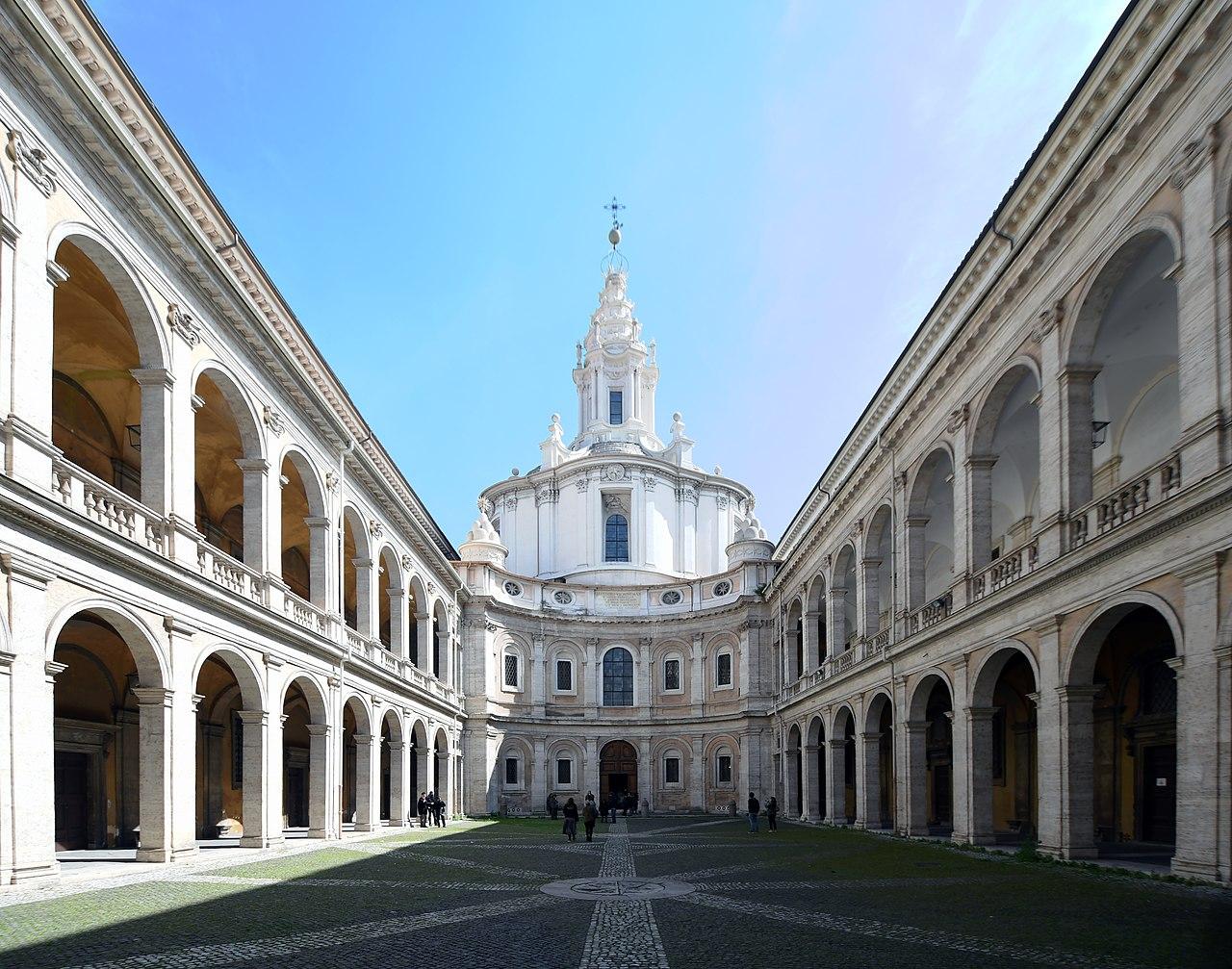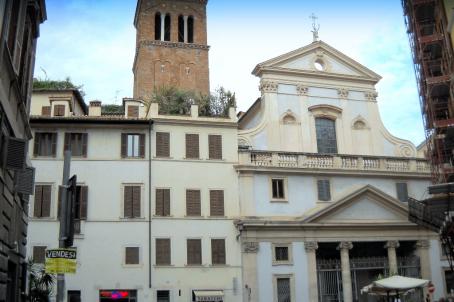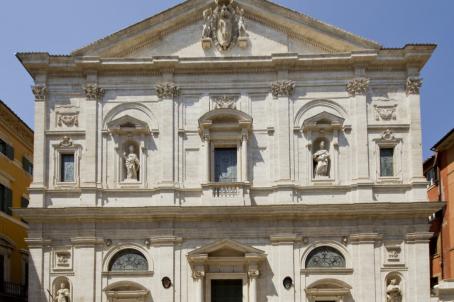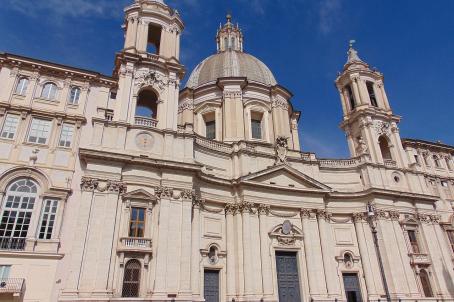Sant'Ivo alla Sapienza
Sant'Ivo alla Sapienza is a church built between 1642 and 1660 by Francesco Borromini, the architect of La Sapienza University. For its artistic, technical and symbolic values, the building is considered one of the masterpieces of the architect, of the Baroque and of the history of architecture in general. The works were conditioned by the pre-existence of the already built palace and courtyard, which left a very limited quadrangular space for the construction of the church. But the result is of extreme purity and apparent simplicity.






